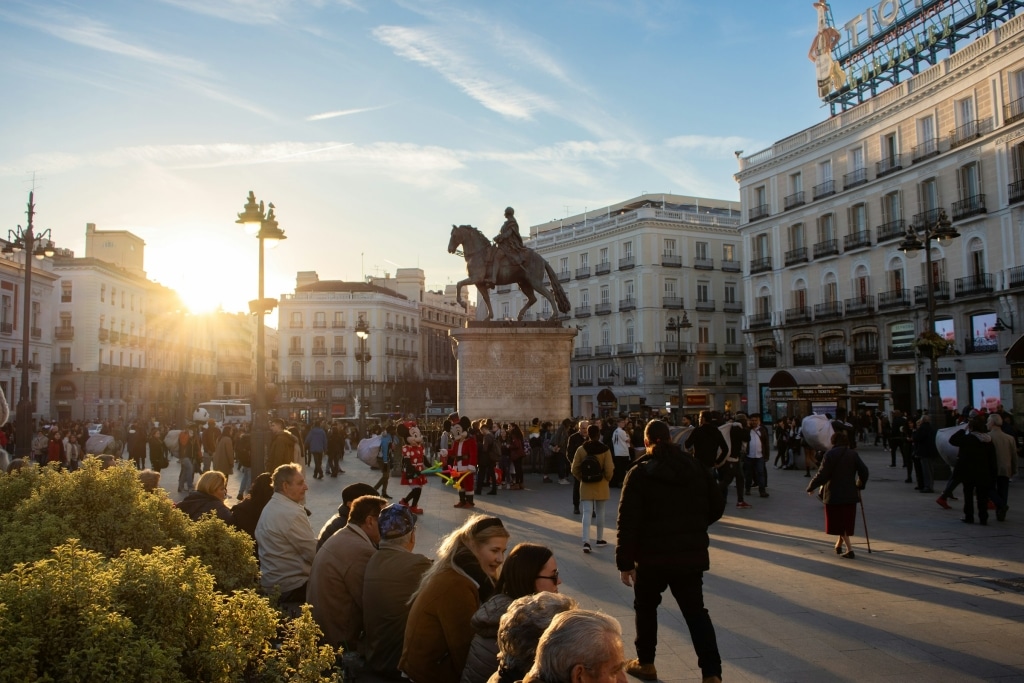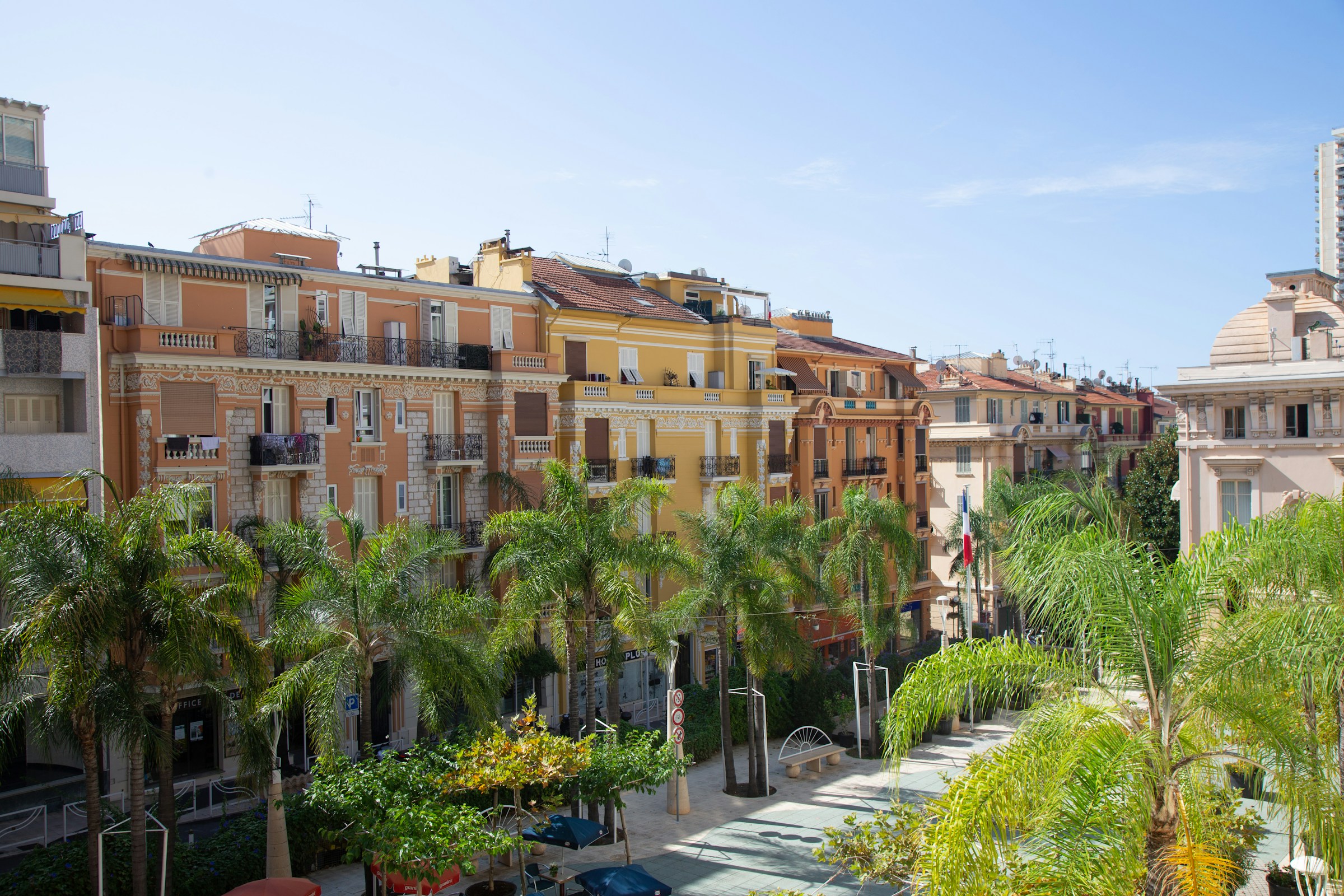
Get Your Free 1st Issue
Your Homes Overseas Magazine!
Discover the best destinations, property tips, and lifestyle insights from around the world.
GET YOUR FREE MAGAZINE HERE!

Discover the best destinations, property tips, and lifestyle insights from around the world.
GET YOUR FREE MAGAZINE HERE!

When thinking about moving abroad, many people wonder about the cost of living in Spain and how it compares to their current lifestyle. It’s important to know how much you’ll need for things like rent, groceries, transport, and daily life. This kind of planning helps you feel more prepared and avoid surprises later on.
At International Property Alerts, we make it easy to understand what life in Spain really costs. Whether you’re moving alone or with family, this guide gives you clear numbers and real examples. No tricky words, just simple facts that anyone can follow. Let’s walk through it together so you know what to expect each month.

Compared to the United States, the cost of living in Spain is often lower. For instance, you can eat out, pay rent, and take public transport for less. This means many people save more each month. In addition, the average cost of living in Spain can feel light on the wallet, especially in smaller towns.
The cost of living in Spain for a single person is very manageable. So, you might pay less for rent, food, and phone bills than you would in major U.S. cities. Simple living is easier here. You get more comfort without spending too much, especially when exploring options for real estate in Spain that fit your budget.
When planning a budget, the monthly cost of living in Spain is a good place to start. After that, you can list what you’ll spend on rent, food, and travel. You’ll find that most costs are steady and easy to track. In other words, life here can be simple and calm—something often highlighted on the best international property listing websites.
Living in Spain can be easy on the wallet if you know what to expect. The monthly cost of living in Spain depends on your lifestyle, but many people find it affordable. Also, the cost of living in Spain can vary depending on where you live. Let’s take a look at what you might spend each month.
The cost of living in Spain for a single person is much lower than for families. For instance, one person can live well on a smaller budget. In addition, housing and food costs are easier to manage when living alone.
Understanding the average cost of living in Spain gives you a better way to match your budget with your needs. Details like location, family size, and lifestyle matter. Many people find helpful guidance through our services when planning their move.

In big cities like Madrid, Barcelona, and Valencia, rent is higher than in smaller towns. For instance, the cost of living in Spain is usually more in busy areas. Still, it’s often less than U.S. city prices.
Apartments are common in cities, while houses are easier to find in the countryside. Also, the monthly cost of living in Spain can change based on the type of place you choose. Smaller homes cost less.
Homes in rural areas are cheaper. In other words, people living outside cities may pay less for rent, space, and peace. This helps lower your average cost of living in Spain.
A small studio or one-bedroom apartment fits most singles. The cost of living in Spain for a single person is easier to manage in towns. After that, many save more than expected.
Prices depend on the city, the size, and where the home is. You’ll see different options when browsing our properties. Therefore, it’s smart to compare and plan based on your budget.
Fresh food is often cheaper at local markets than at big grocery stores. For instance, the cost of living in Spain is lower when you buy fruits, vegetables, and meat locally.
Your food budget plays a big part in the monthly cost of living in Spain. After that, what you eat and where you buy it makes a big difference. Grocery shopping is a regular expense that adds up fast. In other words, buying smart helps keep your spending low.
Here’s what a basic grocery trip might look like:
One person can live on much less than a family when it comes to food. Also, the cost of living in Spain for a single person is easier to manage on a tight budget.
Spaniards enjoy small meals and snacks throughout the day. Above all, dining out is often cheaper than in other countries. A lunch at a small café might cost just €10. So, you can enjoy eating out without overspending.
Food costs change by region, and city prices may be a bit higher. Therefore, comparing places can help you choose what fits your budget best. The cost of living in Spain includes many food choices, from markets to full meals out. Smart shopping makes all the difference.
Moving around Spain is easy and cheap in most places. For instance, using public transit helps lower the cost of living in Spain for locals and newcomers alike.
Transit cards give you lower prices for buses and trains. In addition, many cities offer half-price passes for students, seniors, or workers. Some cards even work across many cities. After that, it’s just a matter of topping them up.
Using public transport often lowers the monthly cost of living in Spain. Also, it helps people avoid paying for parking and gas. If you live close to shops or work, you may not need a car. That’s why the average cost of living in Spain stays low in cities with strong public transit.
Going out is a big part of life in Spain, whether you’re a local or an expat. Also, the cost of living in Spain stays fair even with these fun extras.
Spaniards and newcomers often pay the same for food and fun. In other words, the monthly cost of living in Spain doesn’t change much between groups. Some tourist zones may cost more. After that, most cities stay affordable for everyone.
Big cities offer more places to eat and play. Therefore, prices can be higher in spots like Madrid or Barcelona. The average cost of living in Spain drops in smaller towns. Still, the lifestyle stays rich and full.
How you spend your time affects your money. For instance, the cost of living in Spain for single person may stay low if they cook at home and walk. Going out more often adds to your monthly budget. So, simple changes can make a big difference.
Understanding the cost of living in Spain helps you plan your move with confidence. In other words, knowing what you’ll spend each month makes life easier and less stressful. From rent to food to travel, Spain stays affordable for most people.
If you need help or have more questions, feel free to contact us anytime. Also, we’re here to guide you through each step, so your journey starts off simple, clear, and smooth.
The monthly cost of living in Spain depends on where you live and how you spend. For instance, one person might spend around €800 to €1,200 per month. That covers rent, food, transport, and basic bills.
Yes, Spain is often cheaper than the U.S. for daily expenses. Also, things like rent, groceries, and public transport usually cost less. Many people find they can save more while living in Spain.
The cost of living in Spain for single people is lower than for couples or families. In other words, one person needs less space, food, and bills. That makes budgeting easier and more flexible.
Groceries in Spain are fresh and low-priced, especially in local markets. A basic food list may cost €25–€40 per week. So, even eating out a few times won’t break your budget.
Using public buses, trains, or walking can cut travel costs. After that, you can try monthly cards or local transit passes for more savings. They work well for both locals and newcomers.
About International Property Alerts
International Property Alerts is a premier global platform connecting real estate investors with handpicked opportunities in emerging and lifestyle-driven markets. Through curated listings, expert guidance, and market insights, we help buyers make confident property decisions worldwide.
Media Contact:

Phone: +4477 1923 8132
📱 WhatsApp: +63927 073 9530
Email: office@internationalpropertyalerts.com

Elle Resort & Beach Club offers a rare chance to own property in one of the most desirable coastal locations. With limited units, strong capital growth potential, and unmatched resort facilities, this is your opportunity to secure a beachfront lifestyle with long-term value.

Thinking about buying property abroad? Don’t make the move without the right knowledge. Our Free Buyers Guide gives you essential insights on legal steps, taxes, financing, and the best markets worldwide. Trusted by international buyers and investors.

Wake up to bright, spacious living with stunning views and modern comforts. Whether for family living, retirement, or a stylish retreat, Sudara Residences makes your dream home a reality

Discover curated property listings with IPS—residential, commercial, villas, land—and get expert guidance through every step.
BONUS: FREE Cambodia Buyer’s Guide

High visibility. Targeted audience. Maximum exposure. Rent this space and let your brand shine.

Get your properties in front of high-intent investors. Showcase your listings to buyers worldwide.

From pounds to pesos, yen to dollars. ⚡ Quick. Easy. Secure.
Compare listings
ComparePlease enter your username or email address. You will receive a link to create a new password via email.